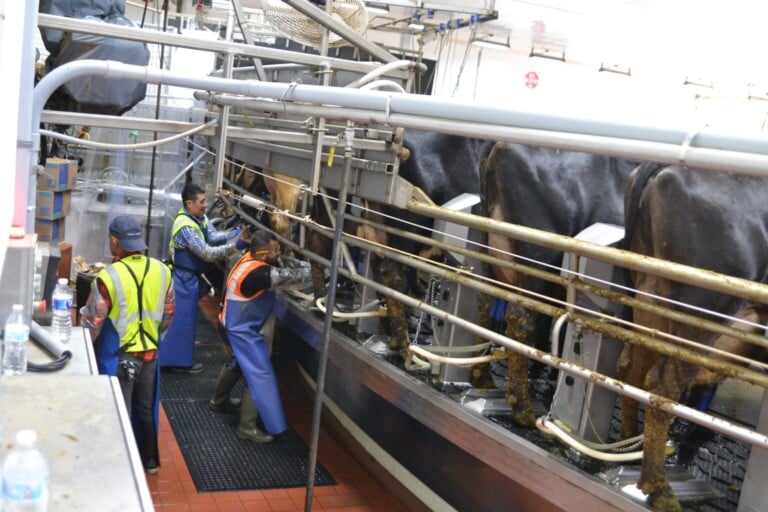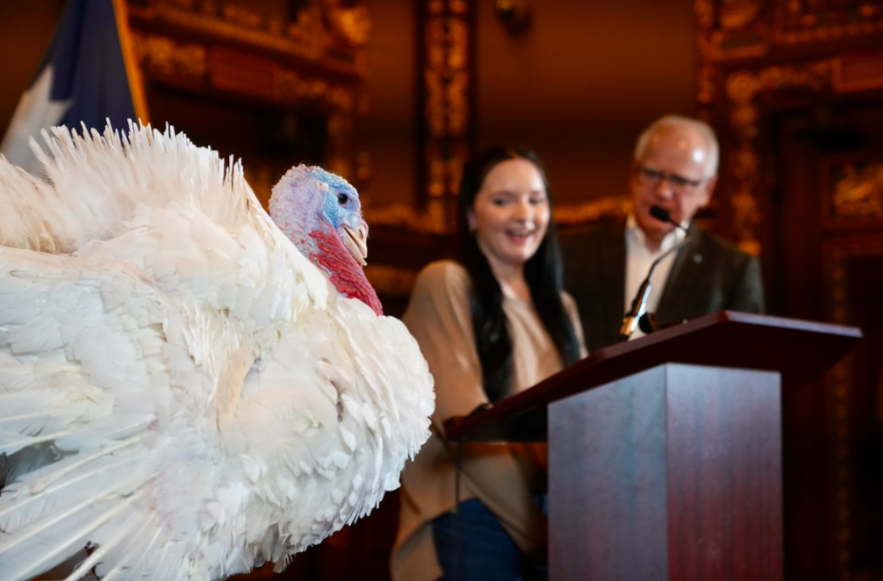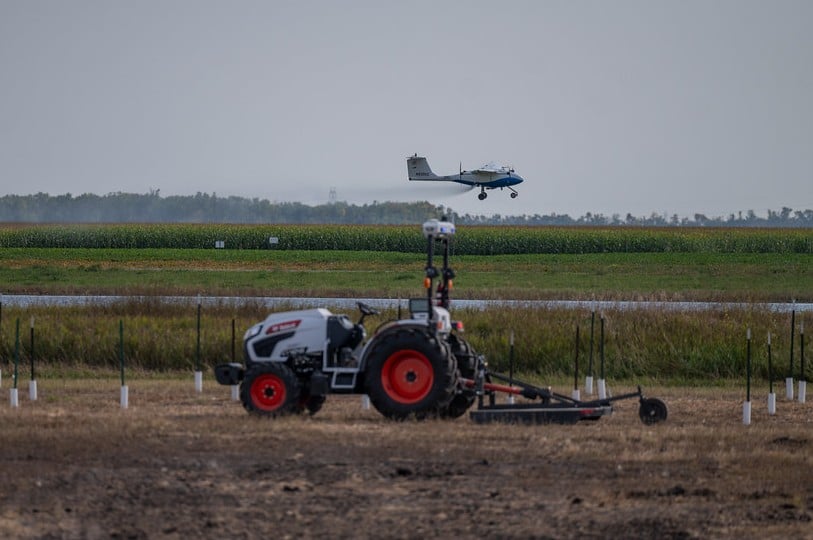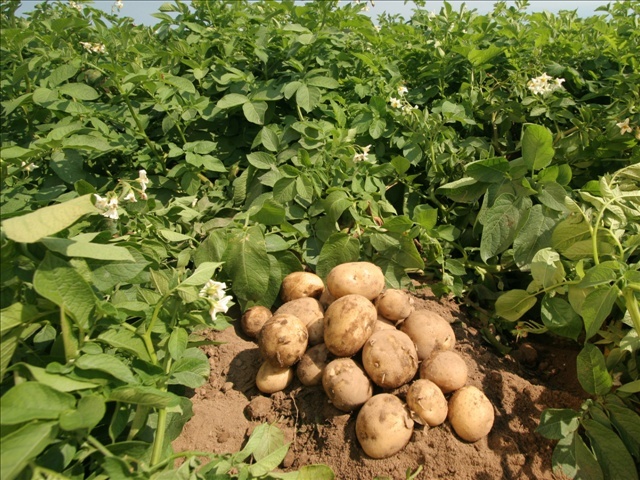International commission to review North Dakota dairy projects

FARGO (North Dakota Monitor) — An international organization that seeks to protect water quality in the Red River will conduct a review of two large dairy projects underway in North Dakota.
The provincial government of Manitoba announced in a news release that the International Joint Commission has directed its International Red River Watershed Board to review information and permits related to the dairy operations.
Minnesota-based Riverview LLP plans to build two milking operations near the Red River, which flows north into Canada and Lake Winnipeg — the Herberg Dairy in Traill County with 25,000 cows and the Abercrombie Dairy in Richland County with 12,500 cows.
Both dairies have received permits from the North Dakota Department of Environmental Quality. That agency considers issues such as protecting groundwater and preventing polluted runoff into waterways.
Marty Haroldson, director of the Division of Water Quality for the environmental agency, said it would answer questions or provide information to the International Joint Commission.
Manitoba Environment and Climate Change Minister Mike Moyes supported the decision by the International Joint Commission to assess the impacts of the projects on the Red River.
“The health of Manitoba’s lakes and rivers is a top priority for our government, and we want to be sure that developments upstream don’t negatively affect Lake Winnipeg and the Red River,” Moyes said in a news release Thursday. “We must protect Lake Winnipeg for generations to come.”
The Manitoba government and environmental groups are concerned about algae blooms in Lake Winnipeg, the world’s 10th largest fresh water lake. Nutrients from fertilizers, including cow manure, can contribute to algae blooms.

Cows feed at a Riverview dairy operation near Campbell, Minnesota, on July 10, 2025. (Photo by Jeff Beach/North Dakota Monitor)
A letter from Moyes to North Dakota Gov. Kelly Armstrong outlined the provincial government’s concerns. The letter said water quality monitoring in the Red River at the U.S.-Canada border shows that levels of nutrients are above target levels set by the two countries in 2022.
In an emailed statement, Armstrong’s office said North Dakota follows state and federal laws related to permitting agricultural facilities.
“Our state agencies apply the same high standards for protecting the Red River that they apply to all waters within North Dakota, and we have some of the safest drinking water in the country,” the Governor’s Office said.
The Manitoba Eco-Network, an environmental group, says Lake Winnipeg is one of the world’s most-threatened lakes with high rates of nitrogen and phosphorus that can come from fertilizers.
The state permits show that the cows from the two dairies would produce about 214 million gallons of manure each year.
“Our dairies are designed, built and operated to be protective of the environment for generations to come,” Riverview said in a statement Friday. “Discharges to surface waters are prohibited by state and federal law, and our farms are designed and operated to meet or exceed strict environmental standards.”
Riverview squeezes out the liquid from its manure, separating it from the solids. The liquid manure is then transported through pipes or hoses to be injected into the soil of a farm field. There are no trucks hauling the liquid manure.
Ted Preister, executive director of the Red River Basin Commission, a nonprofit group that has members from the U.S. and Canada, said the dairies have been a topic of discussion this summer, with Canadian officials seeking to learn more about the existing Riverview dairy operations in Minnesota and the planned dairies in North Dakota.
He said the potential for 37,500 cows along the Red River is “a substantial concern” to Canadians who value Lake Winnipeg for its commercial fishing and recreation.
Preister said the International Joint Commission can review permits to look for errors and can review water sampling reports to monitor for changes. If the commission finds something of concern, it would be up to Canada’s federal government to appeal to the U.S. Department of State. The commission’s findings could also be used in a legal challenge, he said.
Preister said a visit to a Riverview dairy in Minnesota included Canadian representatives from the International Joint Commission, which can investigate pollution and water quality questions.
He said Canadians asked “very pointed” questions of North Dakota’s Department of Environmental Quality, which approved permits for the two dairies.
The International Red River Watershed Board is an independent group established by the International Joint Commission under the Boundary Waters Treaty of 1909. The board assists the commission in preventing or resolving disputes regarding the Red River and its tributaries.
Madeline Luke has been the point person for the Dakota Resource Council on the group’s concerns about the large dairies.
“Pollution, like water, has no boundaries,” Luke said in an email. “The IJC is a non-political body with deep technical expertise. So with the urgent need to avoid further harm to Lake Winnipeg, this action is much applauded.”
Reach North Dakota Monitor Deputy Editor Jeff Beach jbeach@northdakotamonitor.com.






